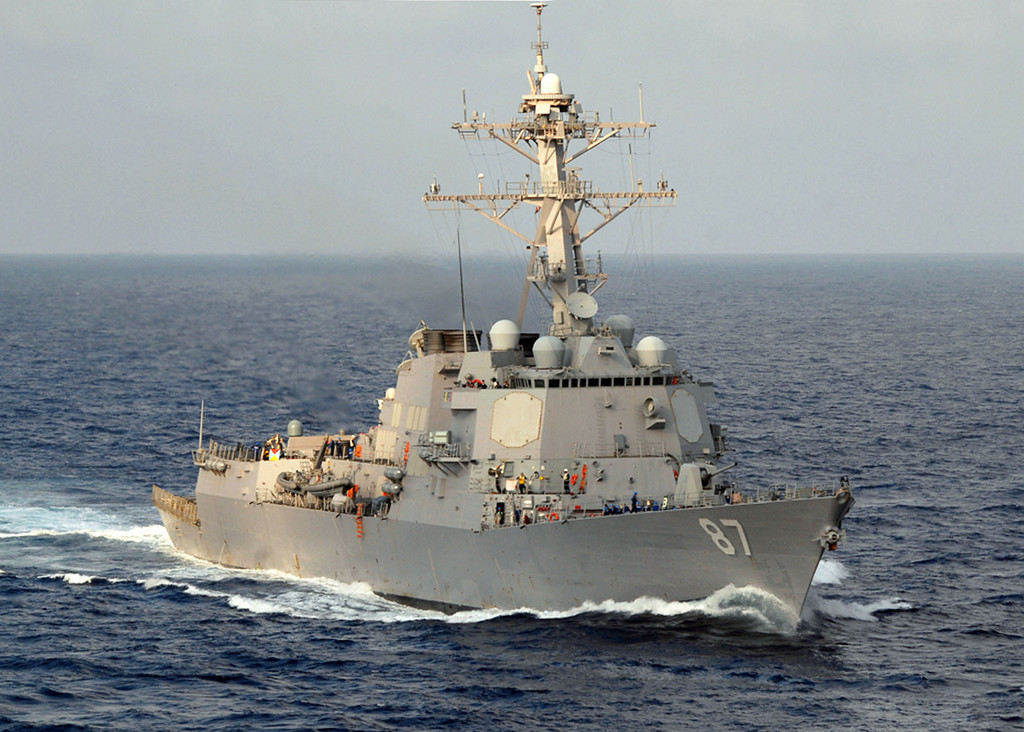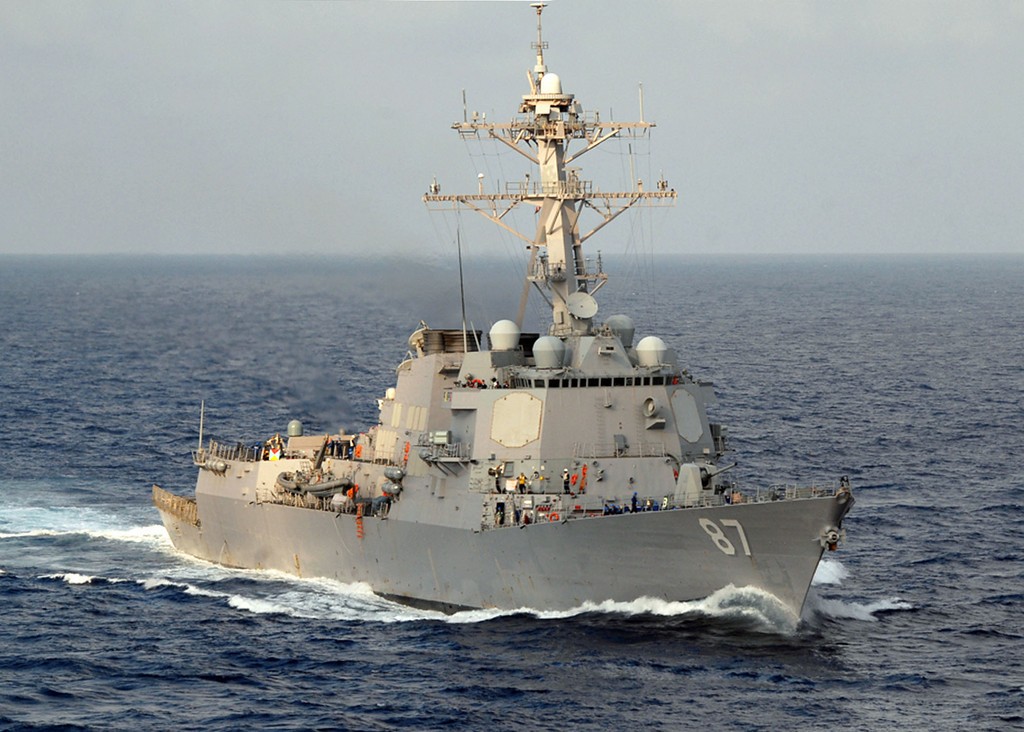Sourced : Navy Times
By: David B. Larter
Donald Trump has pledged that he’ll lead the biggest U.S. Navy build-up since the Reagan administration, but the details on what’s likely to be an expensive and potentially decades-long effort remain to be seen.
Trump vowed to build the 350-ship fleet Republican defense hawks have long sought and reverse decades of fleet contraction which has yielded today’s battle force of 272 ships. And while the politics of large increases to the defense budget are dicey in the best of times, Trump sees a naval build-up as part of his agenda to create jobs, according to an October internal Trump campaign memo obtained by Navy Times.
The plan, if enacted, would aim to restore the Navy to a size it hasn’t been since 1998, and would mean tens of thousands of new sailor jobs. So far, it remains unclear what mix of ships the incoming administration wants to build more of, from $10 billion Ford-class carriers or $3 billion Virginia-class attack submarines to $500 million littoral combat ships, and how that fleet composition is connected to a strategic vision.
Trump’s camp believes generally that if you have more ships and more capabilities, you give the government more options in a crisis to deter conflicts and defeat enemies. That’s what top Trump advisers told Navy Times’ sister publication Defense News in October ahead of the election.
“I think at this point in history with the credibility of president of the United States eroded, were they to suspect that the United States is abandoning its defense spending,” said Sen. Jeff Sessions, R-Ala., in the interview. “It takes more than a speech to turn this around.”
“Trump’s plans are actually to build more ships and maintain a higher number of troops and aircraft. It will go a lot further than words to convince the world that we remain strong. It will help us to maintain the peace. ”
In the campaign memo, sent by a senior aide to Rep. Randy Forbes, an outgoing Virginia congressman and a top contender to be Trump’s Navy secretary, Trump promises to fund modernizing “a significant number of the Navy’s Ticonderoga-class cruisers,” some of which the Obama administration has sidelined for months or years until they get their modernization overhauls.
The memo also lays out a plan to invest heavily in new submarines and Arleigh Burke-class destroyers, and to revitalize the shipyards and get warships the maintenance that has been deferred in the last few years because of across-the-board budget cuts.
“Mr. Trump’s plan will require a significant partnership with a defense industrial base that has been strained by years of significant cuts to shipbuilding and ship repair,” the memo reads. “The nationwide infrastructure of yards, depots, and support facilities that created and sustained the World War II and Cold War-era Navy has been largely dismantled.”
The solution, the memo says, is to find places where old shipyards went out of business and have the ability to restart, an effort that would be led by the incoming Navy secretary. Trump also wants to build a robust training pipeline for skilled workers in the shipyards to increase the support base for the growing Navy.
Growing the fleet
Expanding the fleet is an idea that has gained currency both in the current administration, which is trying to boost the fleet to 308 ships up from 272, and among conservative defense proponents who have advocated for a much larger fleet.
The fleet could be grown to the size advocated by Trump, or at least close to it, by the 2030s, said Bryan Clark, a former senior aide to Chief of Naval Operations Adm. Jon Greenert and an analyst with the Center for Strategic and Budgetary Assessments.
To get there the Navy would need to start building three Virginia-class attack submarines per year and continue to pump out LCS and its follow-on frigates starting in 2019 to do low-end missions. The submarine build-up would need to continue even as the nation begins on the next-generation of ballistic missile submarines, which are estimated to cost at least $5 billion per hull.
The Navy, he said, could also accelerate the production of the aircraft carriers to get the fleet up to 12 by the 2030s. That buildup would get the Navy from an end strength of about 330,000 sailors today to more than 380,000 in Trump’s Navy.
One idea that wouldn’t work, Clark said, would be to bring ships out of the mothball fleet the way the Reagan administration did. Reagan famously recommissioned the World War II-era Iowa-class battleships to try and meet his 600-ship Navy goal.
“The difference between the ships in the fleet and the ships in mothballs is the technology is two or three generations removed from what’s in use today,” Clark said. “In the 1980s, the ships you could pull out of mothballs, the combat systems were not that far removed from the systems of the day. It wasn’t that dramatic.”
Clark said the modern-day equivalent would be to modernize all the existing cruisers to keep them in the fleet through the 2030s, an idea that has gained traction in the incoming Trump administration.
Now they just have to find a way to pay for it.
Navy and defense spending isn’t the only thing Trump wants to spend money on, and figuring out the winners and losers among Trump’s policy agenda is going to be a challenge, experts warn.
“There are going to have to be lot of trade-offs,” said Dan Palazzolo, a professor of political science at University of Richmond. “ Donald Trump wants a lot of things: Big tax cuts, big infrastructure spending, doesn’t want to touch entitlements, defense spending. There are tensions here that are going to have to get unwound.
“Really this is going to be the challenge of Trump’s presidency: How do you translate these broad policy proposals into policies, and defense in that mix. It’s going to be on Congress to help him figure that out.”


